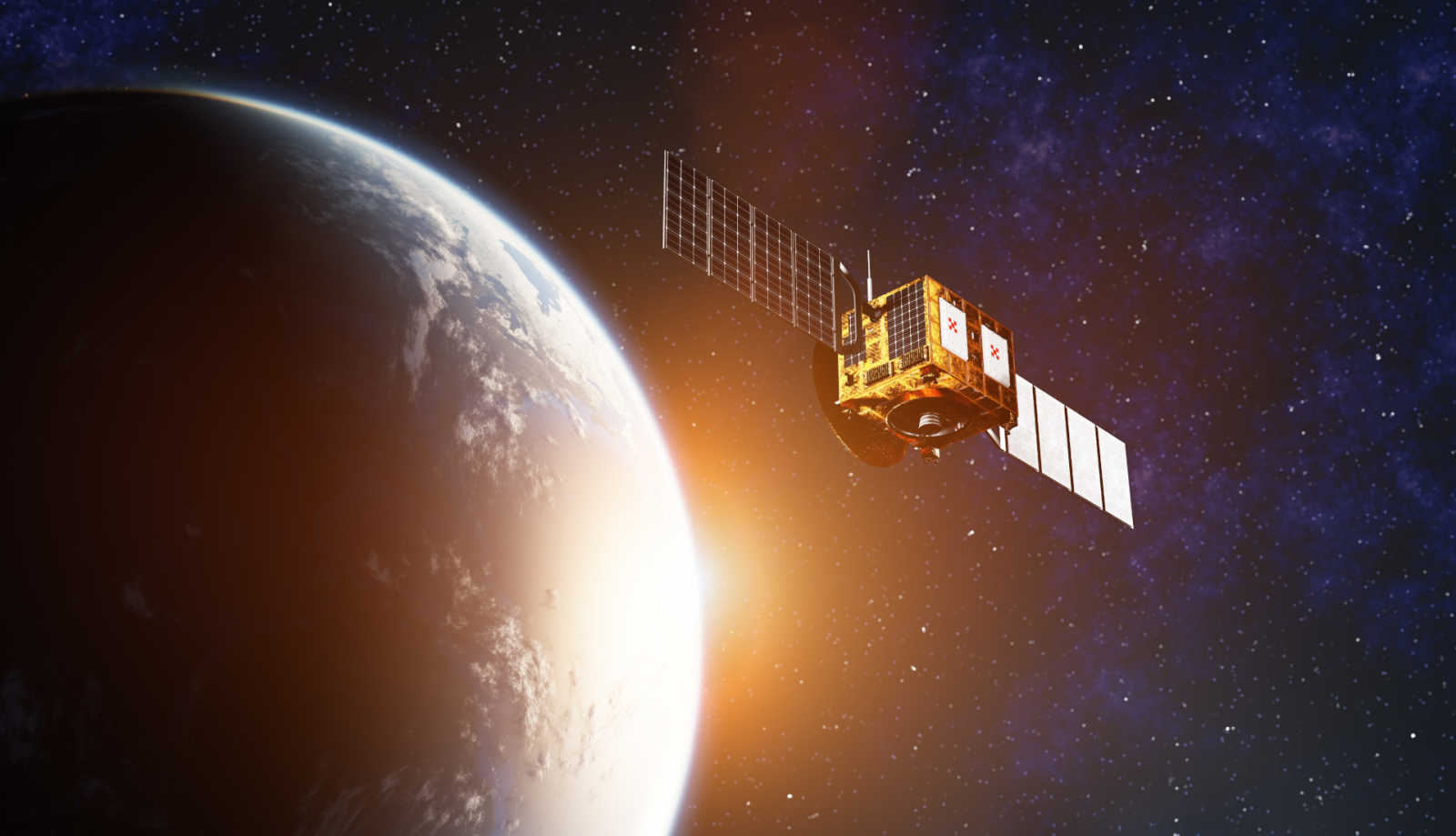Is the Kalman Filter Dead?
A practical comparison of classical state estimation and AI-based sensor fusion, plus where hybrid methods win.
In the world of dynamic systems and sensor fusion, the Kalman filter has long been the gold standard. Developed in the 1960s, it’s a mathematically elegant solution for estimating the state of a system from noisy measurements. From aerospace to robotics, it’s been a trusted tool for decades.
But with the rise of artificial intelligence (AI) and data-driven models, a provocative question has emerged:
Is the Kalman filter dead?
Let’s explore how AI filters compare to Kalman filters, where each shine, and whether one truly replaces the other.
What Is a Kalman Filter?
At its core, the Kalman filter is a recursive algorithm that estimates the state of a linear dynamic system. It combines predictions from a known model with noisy observations to produce an optimal estimate—assuming linear dynamics and Gaussian noise.
Variants like the EKF and UKF extend its use to nonlinear systems, but they still rely heavily on hand-crafted models and assumptions.
Enter AI-Based Filters
AI filters, particularly those based on deep learning, take a different approach. Instead of relying on predefined models, they learn system behavior directly from data. Techniques like Recurrent Neural Networks (RNNs), Transformers, and Deep Sensor Fusion Networks can model complex, nonlinear, and high-dimensional systems, often outperforming traditional filters in messy, real-world environments.
AI vs. Kalman: A Head-to-Head Comparison
Let’s break down the strengths and weaknesses of each:
| Feature | Kalman Filter | AI-Based Filter (e.g., Deep Learning) |
|---|---|---|
| Requires system model | Yes | No (learns from data) |
| Handles nonlinear systems | Limited (EKF/UKF) | Yes |
| Robust to sensor noise | In structured noise | In unstructured noise |
| Data requirements | Low | High |
| Interpretability | Transparent | Often a black box |
| Real-time performance | Fast | Can be slower |
| Adaptability | Manual tuning needed | Learns and adapts |
When AI Filters Win
Autonomous driving is a prime example. In urban environments, vehicles must interpret data from cameras, LiDAR, radar, and GPS—each with different noise profiles and nonlinear behaviors. AI models trained on massive datasets can learn to fuse these inputs and predict vehicle states more accurately than Kalman filters, which struggle with occlusions, reflections, and unpredictable dynamics.
Companies such as Tesla, Waymo, and NVIDIA leverage deep learning–based sensor fusion to handle these challenges, often bypassing traditional filters entirely.
When Kalman Filters Still Rule
In contrast, satellite orbit estimation is a domain where Kalman filters shine. The physics is well-understood, the system is mostly linear, and the noise approximates Gaussian. Kalman filters provide reliable, interpretable, and computationally efficient estimates—critical for onboard systems with limited resources.
Similarly, in industrial control systems, where safety and reliability are paramount, Kalman filters remain the preferred choice due to their predictability and transparency.
The Future: Hybrid Approaches
- Model learning → Kalman: AI models learn system dynamics that are then fed into a Kalman filter.
- Constraints → AI: Kalman filters refine AI predictions by enforcing physical and consistency constraints.
This hybrid approach combines the flexibility of AI with the rigor of classical estimation, offering the best of both worlds.
So, Is the Kalman Filter Dead?
Not at all. While AI filters are powerful and increasingly dominant in data-rich, complex environments, Kalman filters remain indispensable in domains where models are known, data is limited, and reliability is critical.
The real shift isn’t replacement—it’s integration. The future lies in systems that intelligently combine AI and classical methods, adapting to the strengths of each.
